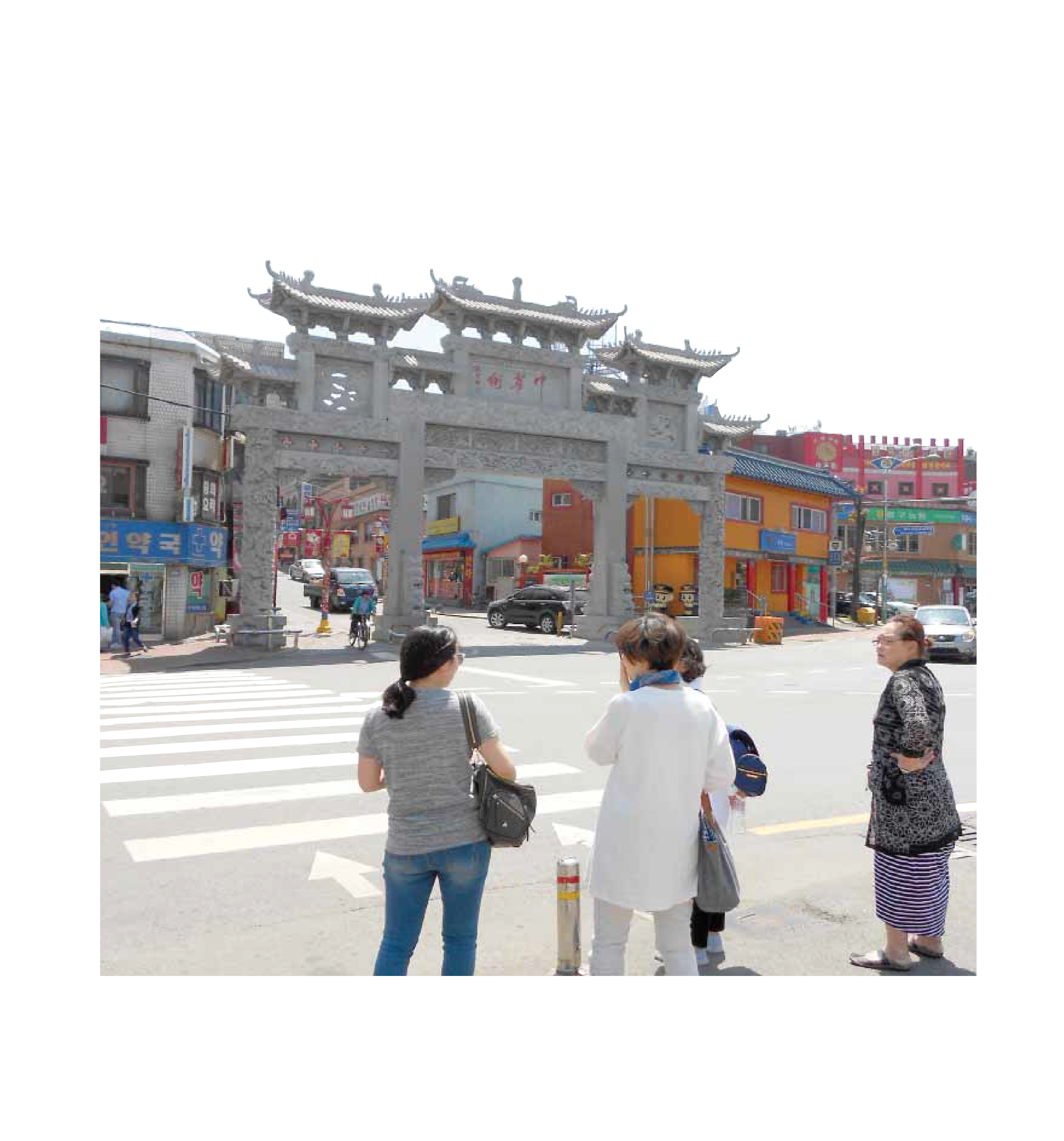
In an earlier Tulay column (Oct. 8-21, 2013 issue), I’ve written that a true Chinatown is one that is lived and experienced and not built for tourism or business purposes.
Dragons, arches and temples do not a Chinatown make. It is the lives lived, the culture experienced, and the history shared by a group of ethnic Chinese who congregate and settle in a specific area that make up a Chinatown.
In the Philippines, Davao City in the South and Quezon City in Metro Manila put up huge Chinese arches purportedly to designate the areas bounded by the arches as new “Chinatowns.” No amount of cosmetizing, however, can make those areas a Chinatown.
In Korea, the Incheon Chinatown (west of the Seoul capital area) is one that has been rebuilt purely for tourism purposes. In 2001, Korea’s primary international airport was moved from Gimpo to Incheon. It is now the the largest airport in South Korea and one of the largest and busiest airports in the world.
In 2003, two years after the opening of the Incheon airport, the local government transformed the old, tiny and dilapidated Chinese neighborhood in Incheon into a Chinatown, to capitalize on China’s phenomenal economic growth and cash in on its sustained decade-old two-digit growth.
The Incheon Chinatown hoped to attract a portion of the world’s biggest source of outbound tourists – China. More than a decade after the rehabilitation, however, the Chinatown area has not quite taken off and the lack of Chinese tourists was quite noticeable.
The old Chinese neighborhood in Incheon has existed since the opening of the Incheon Port in 1883 and Incheon’s designation as an extraterritoriality of the Qing Dynasty (1644- 1912). As a port, the area held many stores trading goods imported from China.
After the port’s decline, Chinese businesses disappeared and in their place, restaurants and small Chinese eateries emerged. The first-generation Chinese settlers either died or went back to China, migrated to Taiwan or the United States, especially during the period in the 1990s when Chinese businesses were severely curtailed (see Tulay June 21-July 4, 2016 issue).
The second or third generations born and bred in Korea have likewise moved out of the area and even those who stayed have all but lost their traditional culture.
Today, less than 500 Chinese nationals reside in the area.
The ISSCO (International Society for the Study of Chinese Overseas) 2014 conference in Seoul, Korea allowed us to take a quick tour of the area.
Featuring an 11-meter high Chinese-style gateway, the Incheon Chinatown attempts to revive old traditions, refurbishing the old temples and eateries offering authentic cuisine reminiscent of the many old flavors of China. Street names in the area were changed to China’s well-known street or city names.
The Incheon Chinatown, which hopes to cash in on China tourists, is actually suited mainly for non-Chinese foreign guests, as is evident in comments in social media.
The various food attractions in Chinese eateries and restaurants try to emulate the traditional Chinese fare like sweet and sour pork, assorted Chinese vegetables with varied sauces, noodles with peanut butter sauce or black soybean sauce (chajangmien), different kinds of Chinese bread and, of course, the free fortune cookie offered at the end of meals.
Of course, where else can you find traditional Chinese garb like chipao (旗袍 ), round caps, embroidered shawls, antique potteries, tea and tea sets, jewelries and accessories except in Chinatown. But over inflated prices are not for the faint-hearted.
The tourism website “Visit Korea” emphasizes that it “does not guarantee the quality of products or services introduced on its site and is not responsible for any direct or indirect losses resulting from use of said products or services.” This of course reflects that the non-Chinese may not be aware of the authenticity or prices of goods offered.
The main Chinese attractions, as a concession of a Chinatown in Incheon, are the Chinese temple (義善堂), the tall arch gateway donated by Mainland China, a Korea and China Cultural Center built in 2005 and a mural street with walls and tiles on both sides of the road depicting important scenes of History of Three Kingdoms (三國演義).
Residents themselves agree with the comments that it is but a very shallow and artificial Chinatown which does not attract Chinese tourists at all. Seokyong Lee writing for The New York Times in 2013 titled his story with “A Chinatown without Chinese.”
The Incheon Chinatown only confirms my thesis that a true Chinatown is one that is lived and not made.
